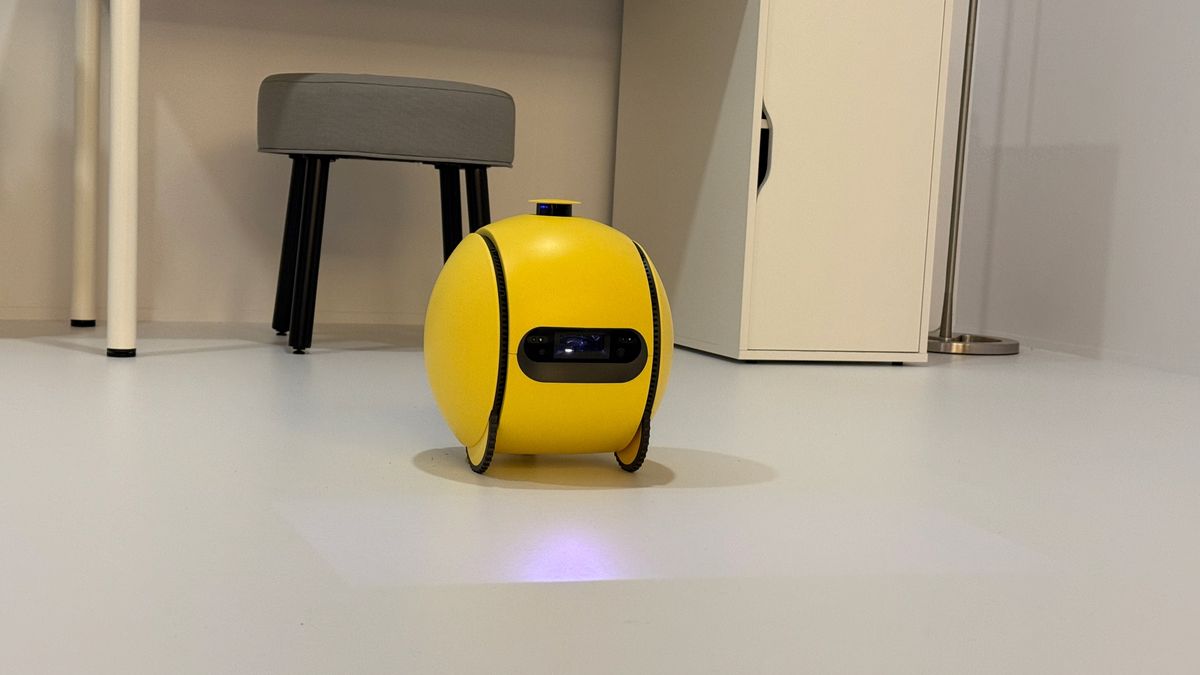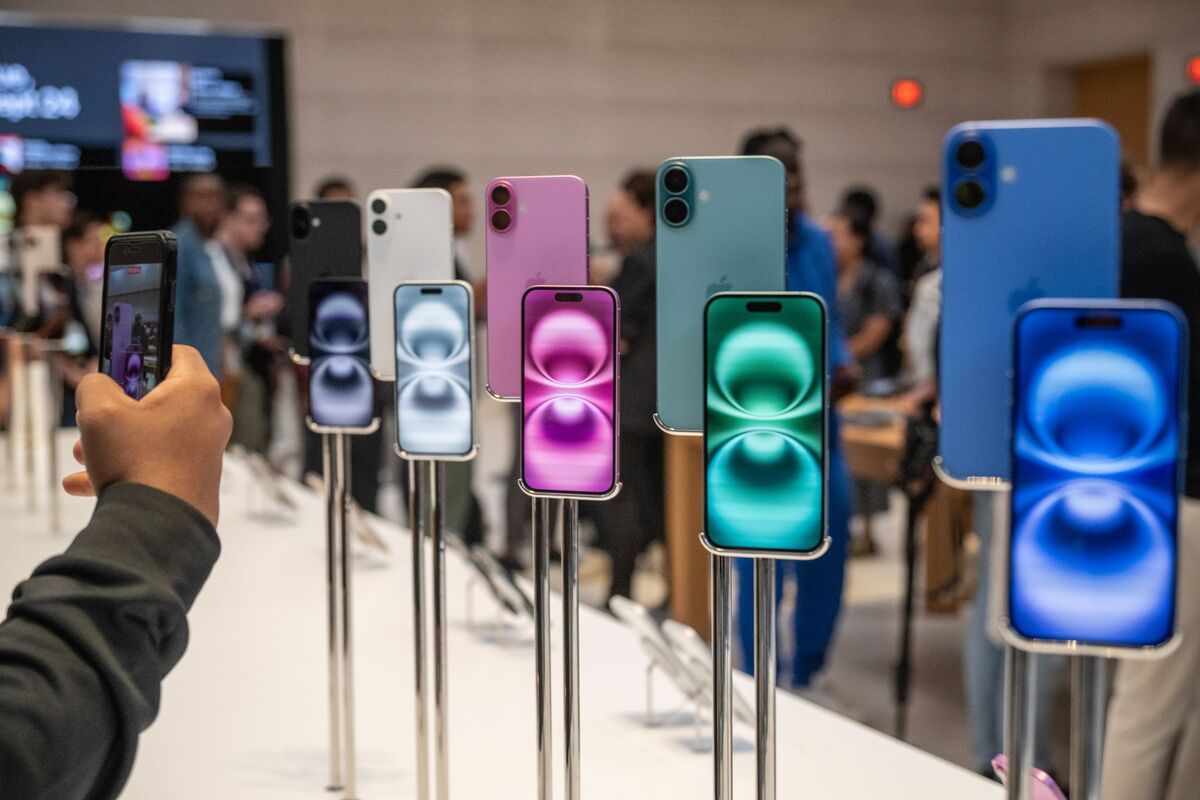Meta Platforms, Inc., the tech giant behind Facebook, Instagram, and the ambitious metaverse vision, has outlined its exciting roadmap for merging artificial intelligence (AI) and augmented reality (AR) technologies. This strategic move marks a significant shift beyond the company’s current social media dominance, aiming to shape the future of how we interact with the digital world.
Key Highlights:
- Meta doubles down on AI and AR integration, aiming to revolutionize user experiences within the metaverse.
- New Ray-Ban Meta glasses to receive advanced AI features like real-time object identification and translation.
- Project Cambria headset expected to boast enhanced mixed-reality capabilities powered by AI.
- Focus on open-source AI initiatives and partnerships to accelerate development and combat ethical concerns.
- Quest 3 to bridge the gap between VR and AR, paving the way for seamless immersion.

From Smart Glasses to Immersive Worlds:
One of the most tangible examples of this AI-AR fusion is the evolution of Meta’s Ray-Ban Stories smart glasses. Currently in beta, the next iteration of these stylish specs will house a powerful AI assistant capable of identifying objects in your field of view and translating languages in real-time. This hands-free functionality promises to blur the lines between the physical and digital worlds, empowering users with instant access to information and seamless communication.
Meta’s high-end VR headset, Project Cambria, is also set to benefit from this AI boost. By integrating advanced computer vision and spatial mapping algorithms, Cambria will offer superior mixed-reality experiences, overlaying digital elements onto the real world with unprecedented accuracy and depth. Imagine collaborating with virtual colleagues in your living room, attending concerts projected onto your environment, or exploring interactive digital exhibits superimposed on your local park.
Open Doors, Open Minds:
Recognizing the ethical complexities surrounding AI development, Meta emphasizes its commitment to open-source initiatives and partnerships. Collaborations with platforms like Hugging Face and Scaleway aim to foster transparency and collaboration within the AI community, addressing concerns about data privacy and algorithmic bias. This open approach fosters responsible AI development and paves the way for a more inclusive metaverse experience.
Bridging the Gap Between Reality and Virtuality:
The Quest 3, Meta’s next-generation VR headset, promises to further blur the boundaries between physical and virtual realms. With features like improved field-of-view and advanced eye-tracking, Quest 3 will immerse users in digital worlds like never before. Additionally, rumors suggest mixed-reality capabilities similar to Project Cambria, potentially allowing users to seamlessly transition between full VR experiences and augmented overlays on the real world.
The Future is Not Just Reels:
Meta’s strategic focus on AI and AR integration reveals an ambitious vision for the future. From empowering smart glasses with real-time intelligence to creating immersive mixed-reality experiences, the company is moving beyond mere social media engagement and toward shaping the very fabric of how we interact with the world around us. While challenges remain, Meta’s commitment to open-source collaboration and responsible AI development offers a glimpse into a more inclusive and accessible digital future.









